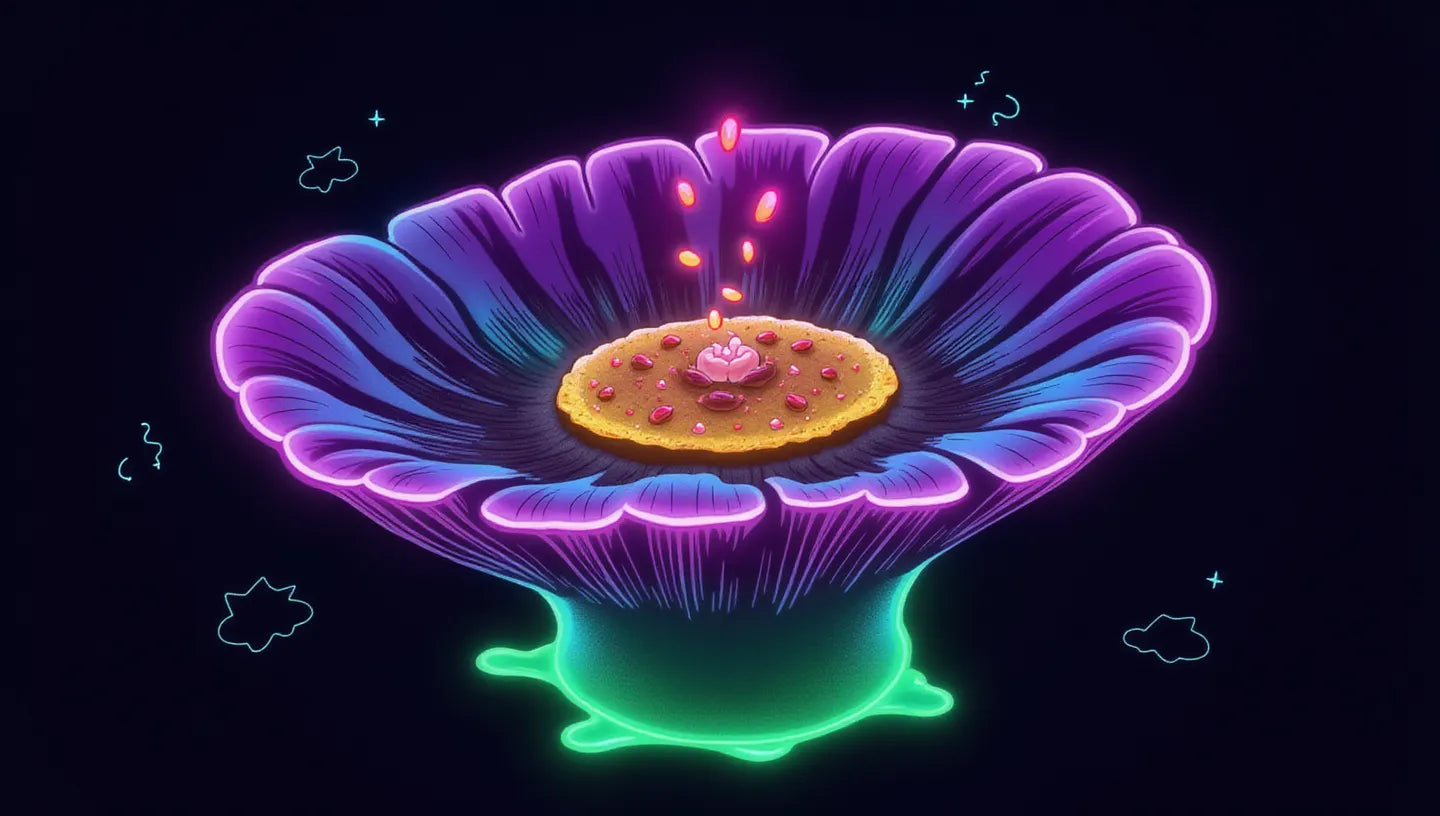Grower's Glossary
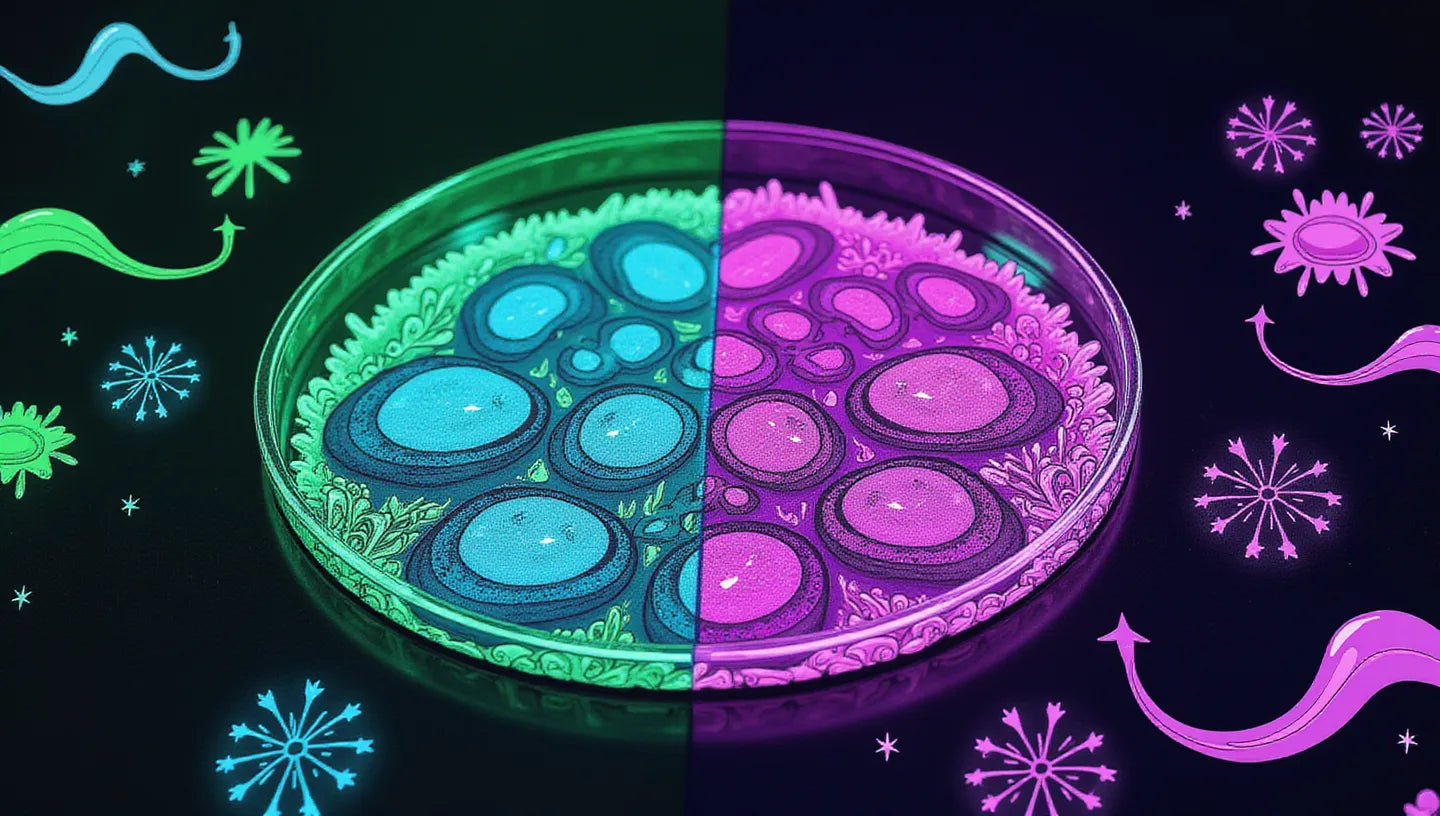
Monokaryotic vs Dikaryotic Mycelium: What’s the Difference?
Discover the difference between monokaryotic and dikaryotic mycelium, how they grow, make mushrooms, power ecosystems, and why it matters for mushroom growers.
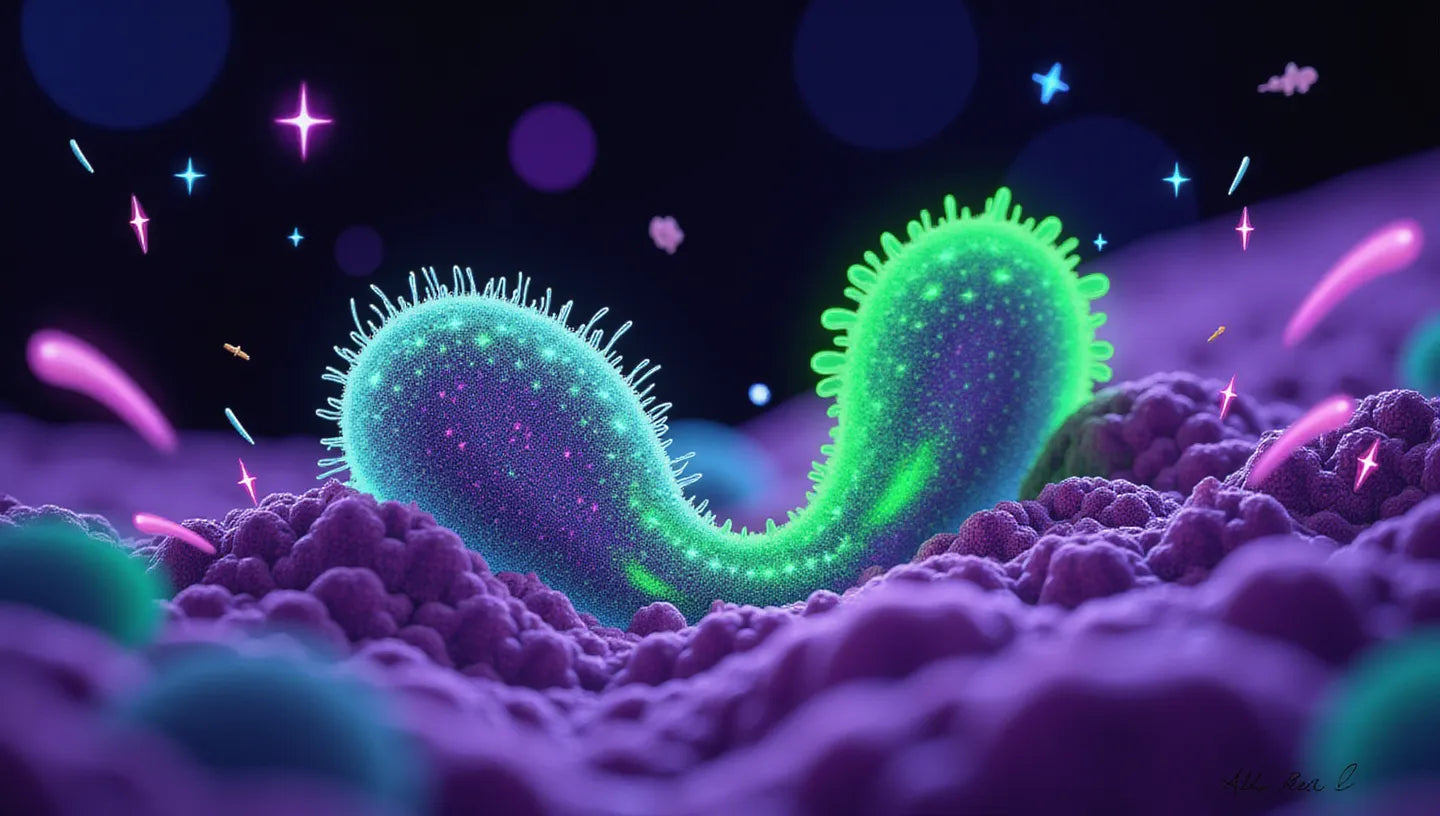
Sexual Selection in Fungi: Does It Really Exist?
Explore how fungi mate—from thousands of mating types and pheromone signaling to nuclear “competition”—and what fungal sex reveals about evolution and mushroom cultivation.
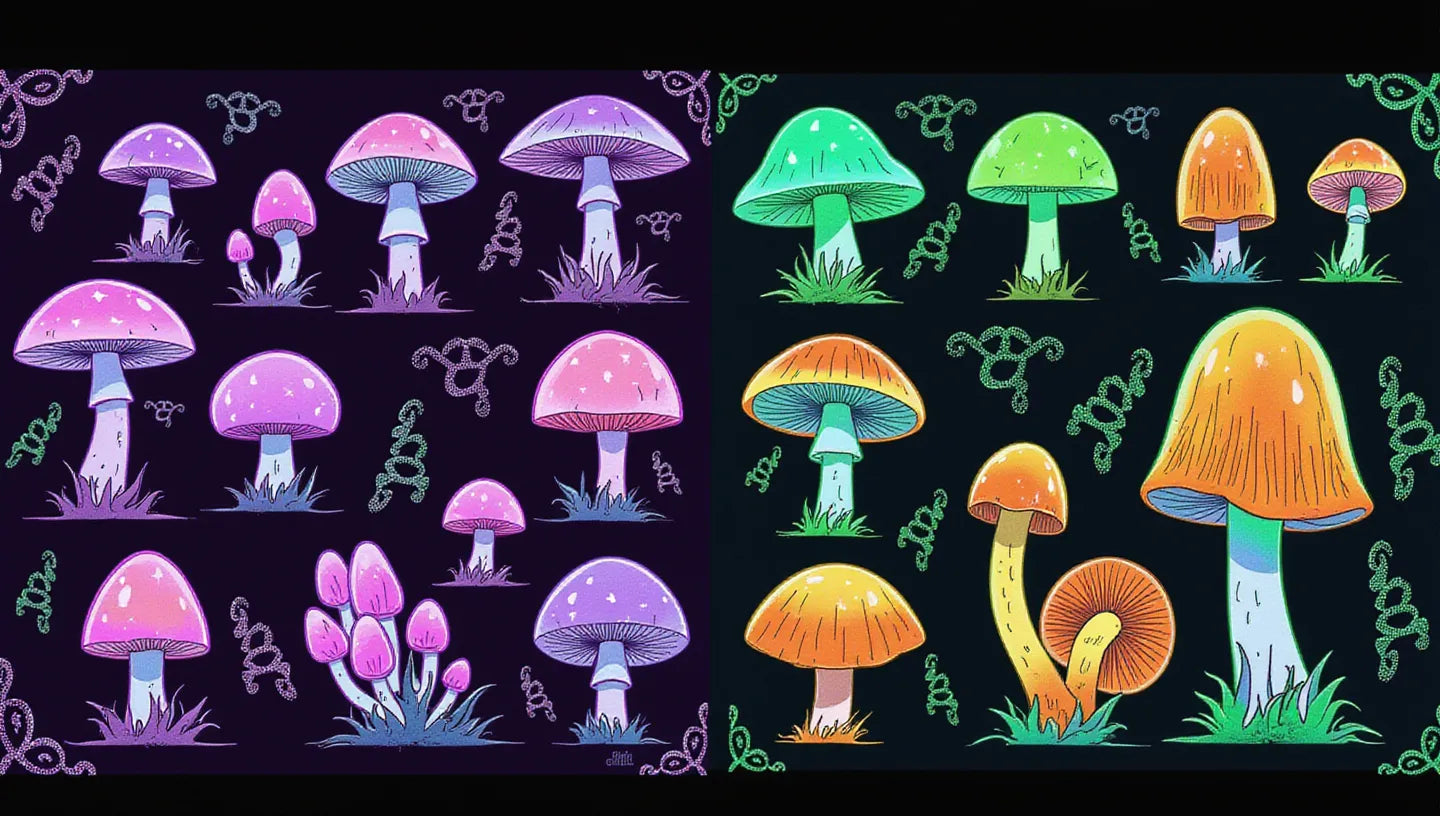
Fungal Species
Explore how fungi are defined as species, why genetics reshaped classification, and why accurate fungal ID matters for safety, research, and cultivation.
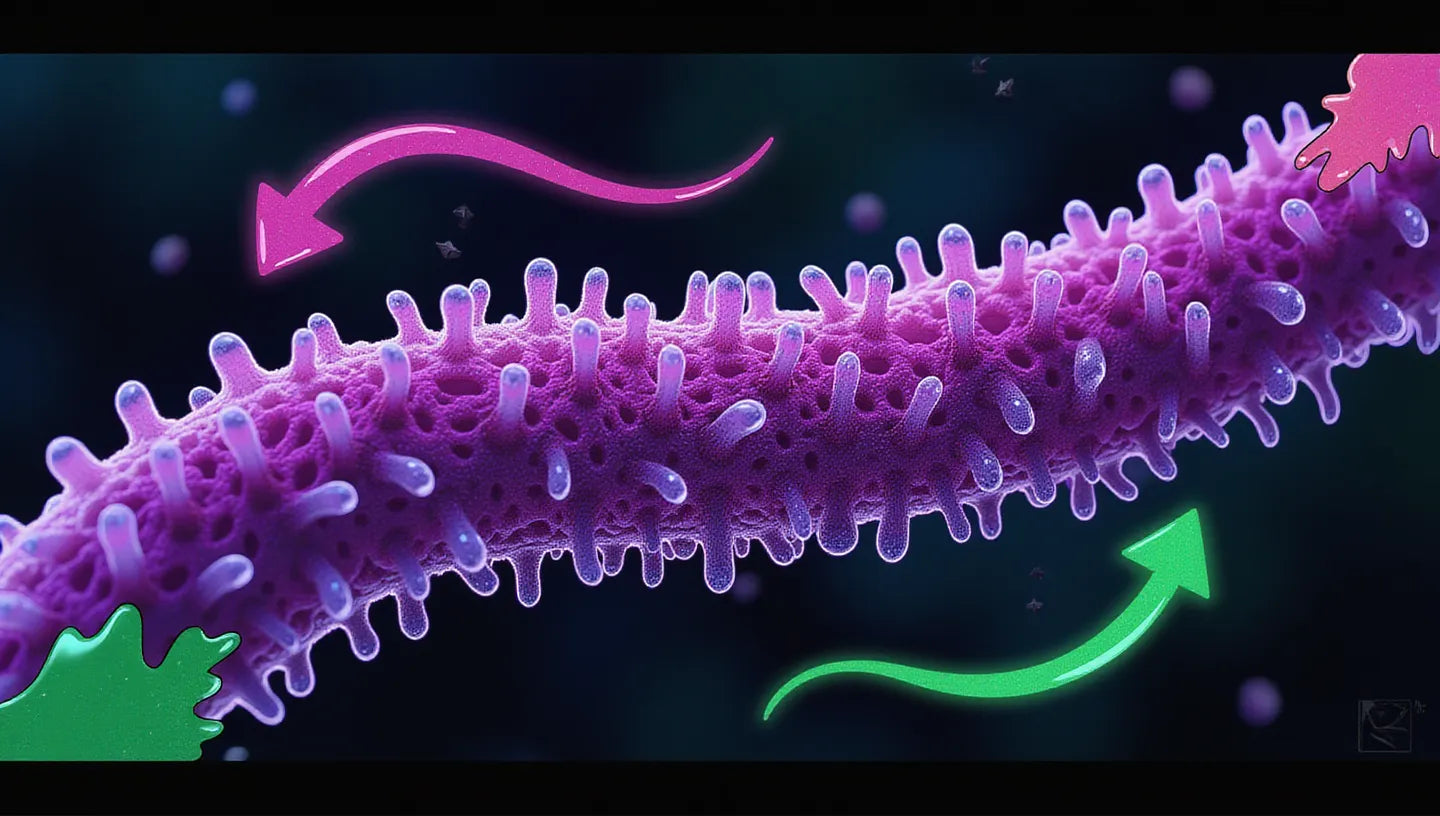
Hyphal Systems: Do They Strengthen Fungal Structures?
Discover how fungal hyphal systems shape mushroom strength, structure, and sustainability—from monomitic softness to trimitic durability for eco-friendly materials.
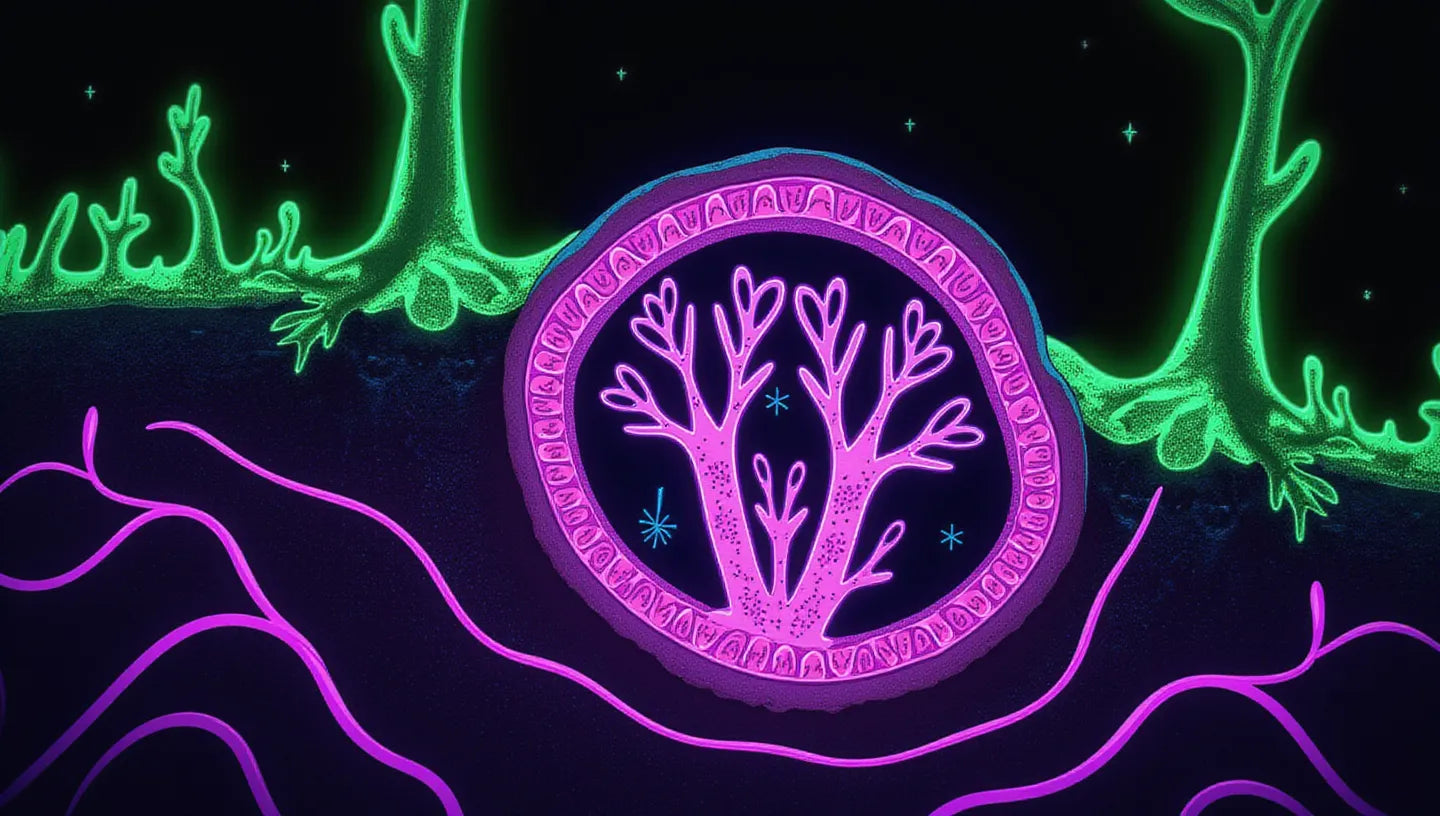
Endomycorrhizal Fungi: Are They Vital to Plant Growth?
Discover how endomycorrhizal fungi supercharge plant growth, nutrient uptake, drought resistance, and soil carbon storage—powering healthier, more resilient ecosystems.
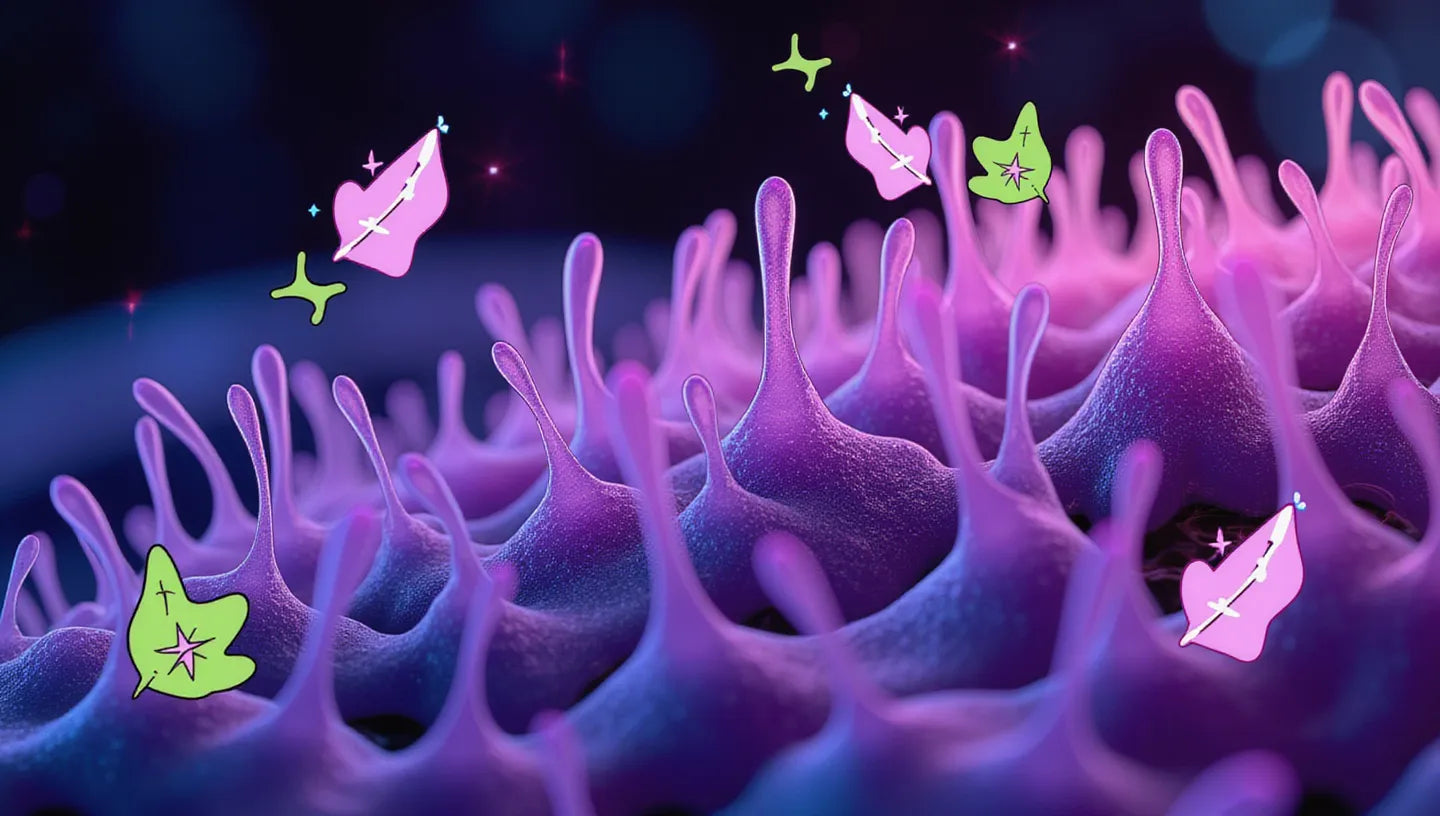
Hyphae Structure: What Makes Fungi Grow?
Explore how fungal hyphae grow, fuse, and form powerful mycelial networks that drive nutrient uptake, defense, reproduction, and sustainable biomaterial innovations.

Hymeniform (Pileipellis)
Discover what the pileipellis is, how its microscopic structure helps identify mushroom species, and why it matters for growers, foragers, and mycology work.

Ectomycorrhiza: How Does This Root-Fungal Symbiosis Work?
Explore how ectomycorrhizal fungi partner with tree roots to boost nutrient uptake, strengthen soils, and help forests stay resilient in changing climates.
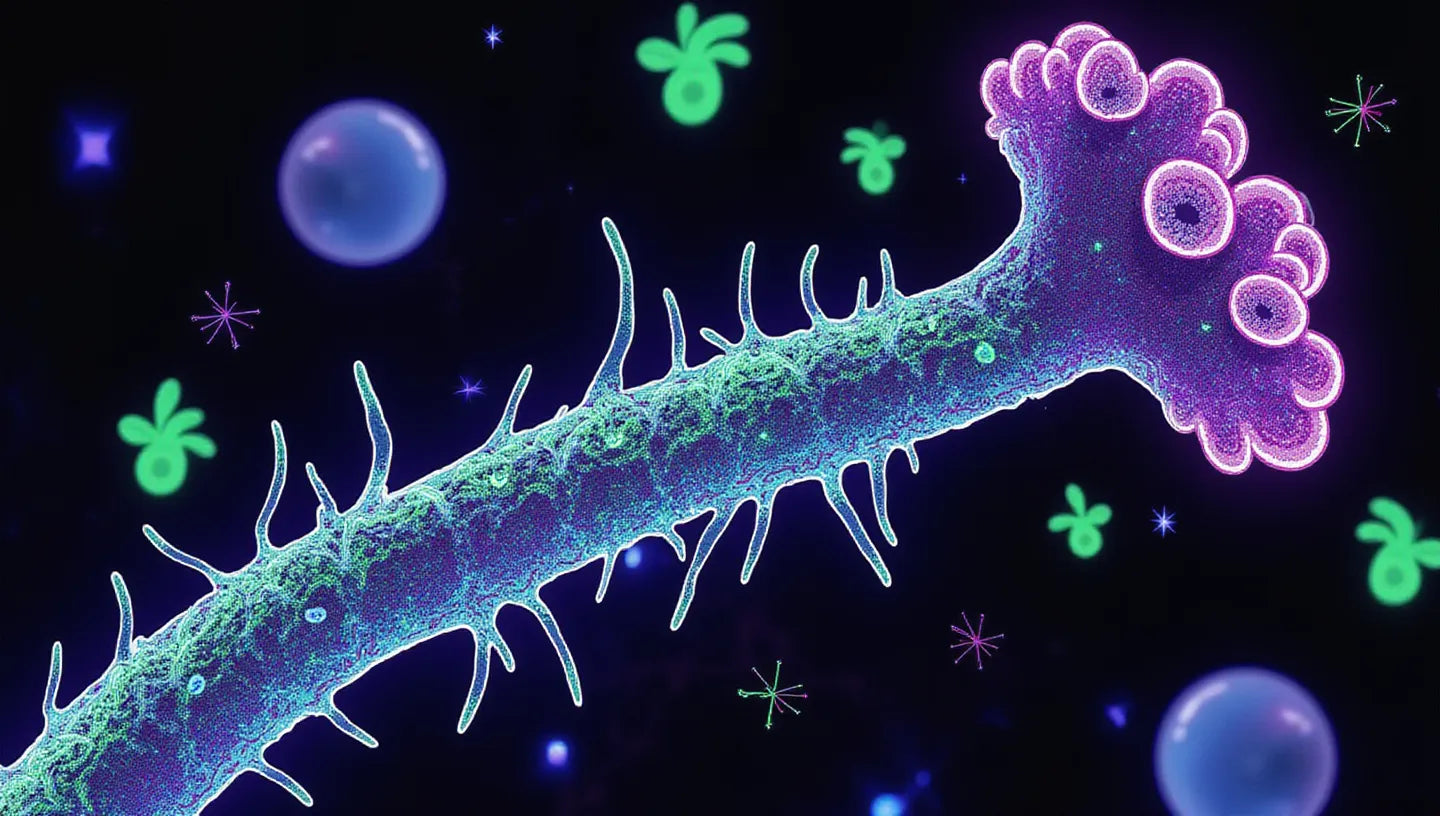
Conidiophore Structure: Why Does It Matter?
Discover what conidiophores are, how fungi use them to produce spores, and why they matter for identification, plant health, contamination, and cultivation.

Melzer's Reagent: Still Useful in Mycology?
Learn how Melzer’s reagent reveals amyloid and dextrinoid spore reactions, where it still beats DNA for quick ID, and which safer alternatives hobbyists can use.
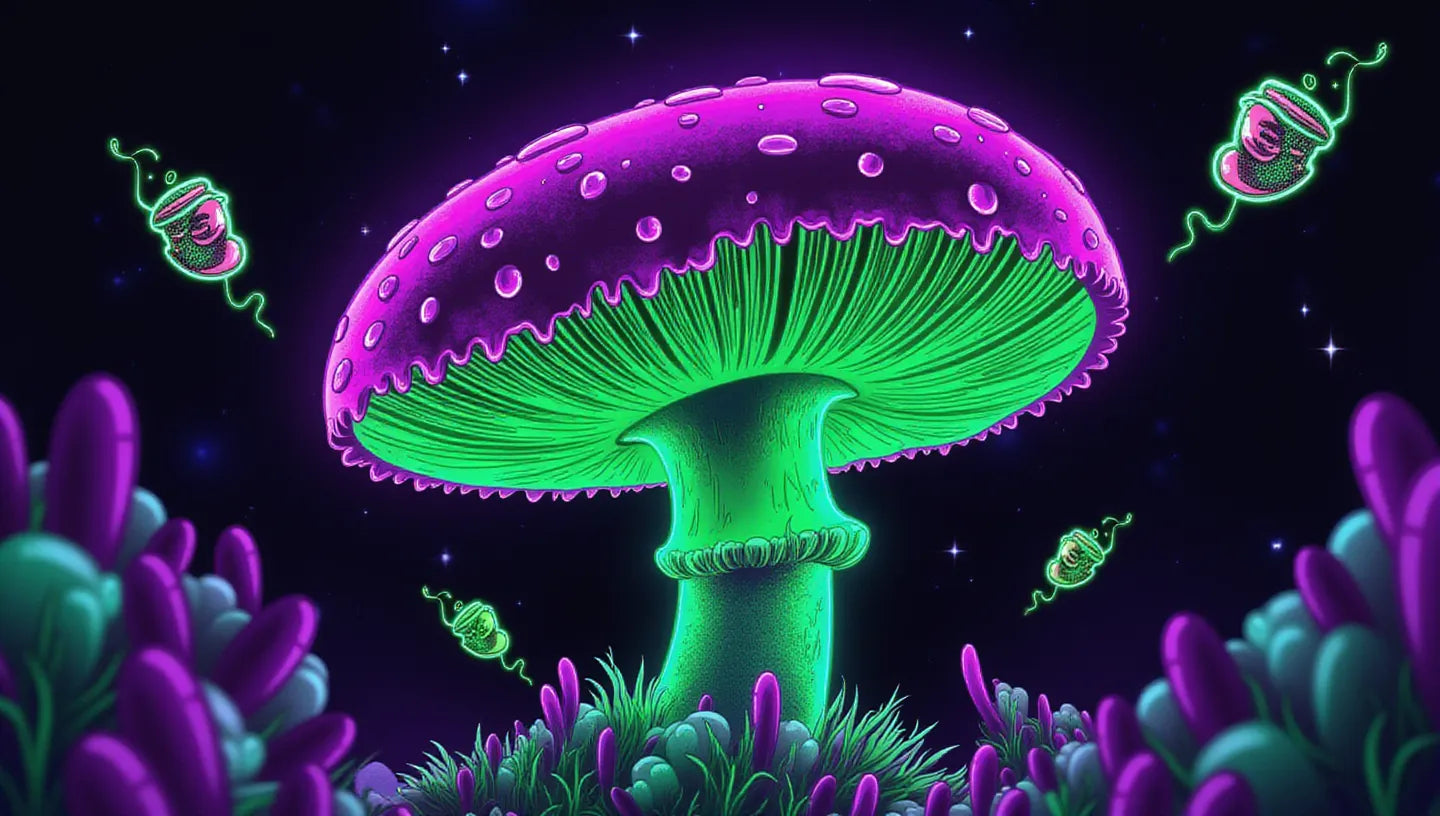
Fertile Surface in Fungi: What Is Hymenium?
Learn how the hymenium, the fertile surface of gills, pores, and spines—drives spore production, mushroom identification, and stronger yields from your grow kits.

Cap (Pileus)
Discover how mushroom caps form, function, and influence spore release, identification, and growth—key knowledge for growers, foragers, and mycology enthusiasts.
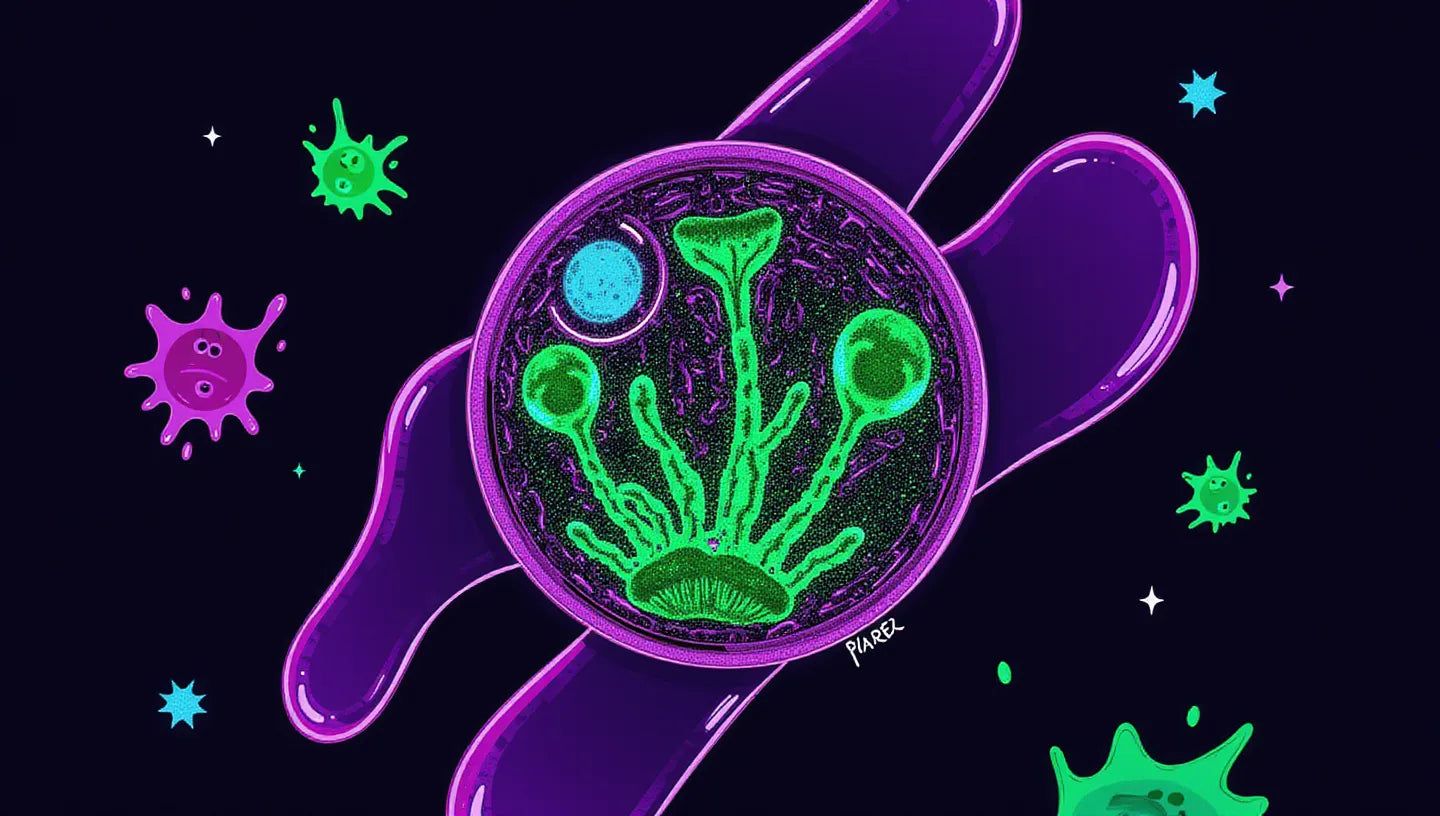
Clamp Connections
Learn how clamp connections in basidiomycete fungi keep nuclei balanced, support mushroom reproduction, and help growers spot healthy, fruiting mycelium.
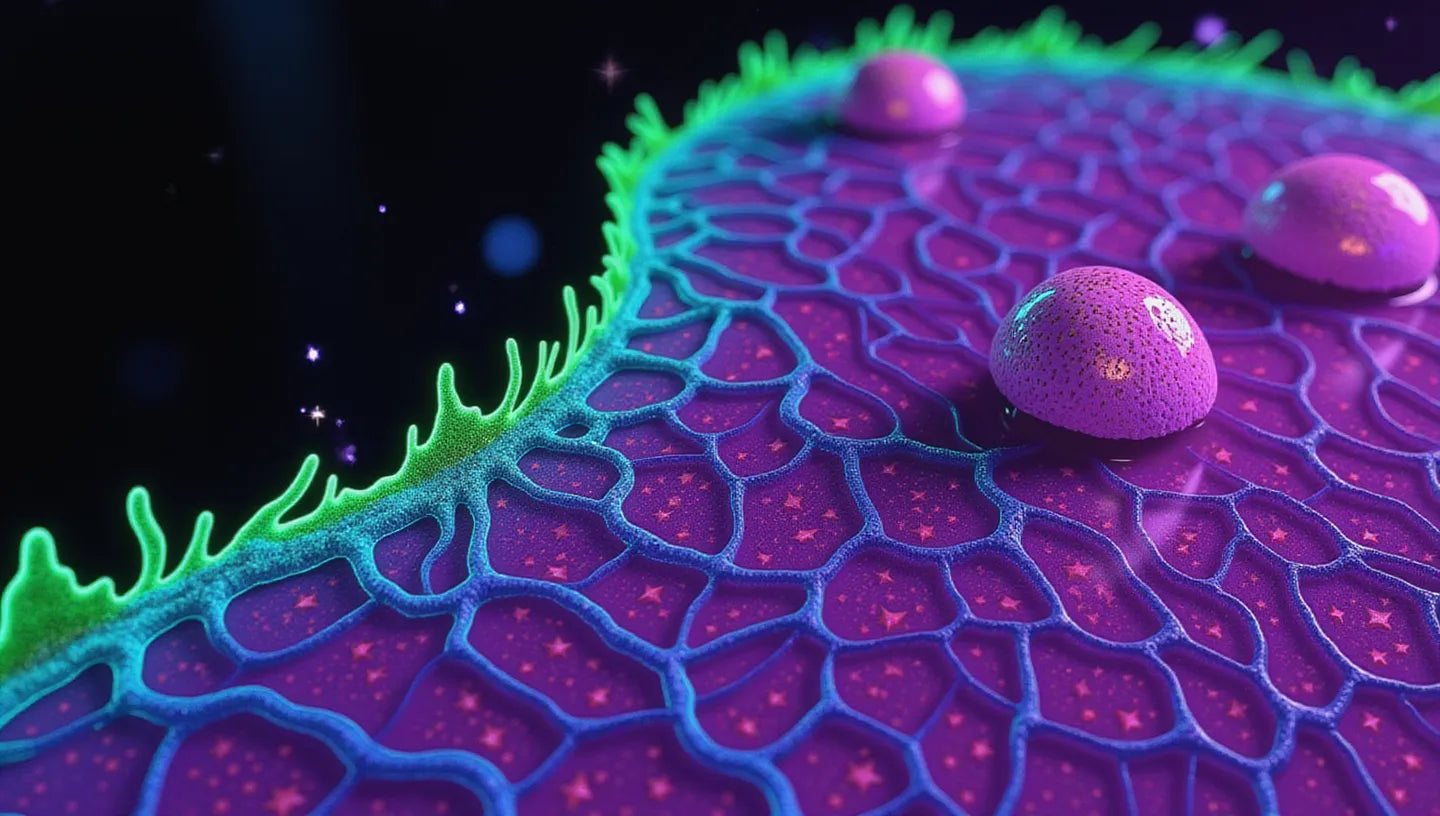
Kingdom Fungi: What Makes Fungi So Unique?
Explore the fungal kingdom—from mycelium and mega-fungi to medicine, food, and bioremediation—and learn how mushrooms shape ecosystems and human life.

Imperfect Stage: What Does It Mean in Science and Life?
Explore the “imperfect stage” of fungi—how asexual reproduction works, why it matters in cultivation, and how this idea also reflects personal growth and change.
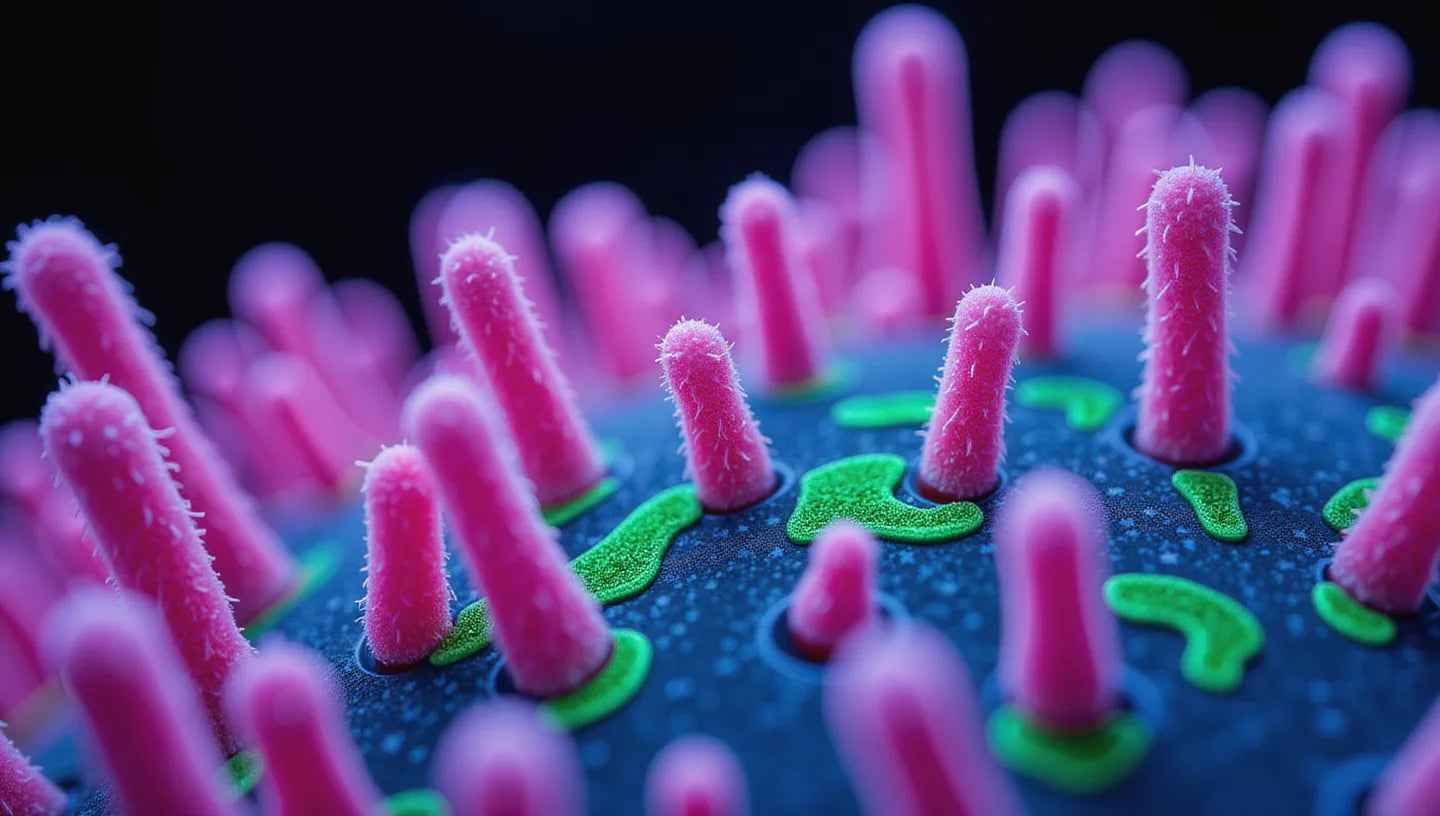
Hyphal Pegs: How Can You Identify Them?
Learn what hyphal pegs are, how to spot them in gill cross-sections, and use basic stains and microscopy to level up your mushroom identification skills.

Hygrophanous Mushrooms: What Causes Color Change?
Learn how hygrophanous mushrooms change color with moisture, how to identify them safely in the wild or in grow kits, and how to avoid toxic lookalikes.
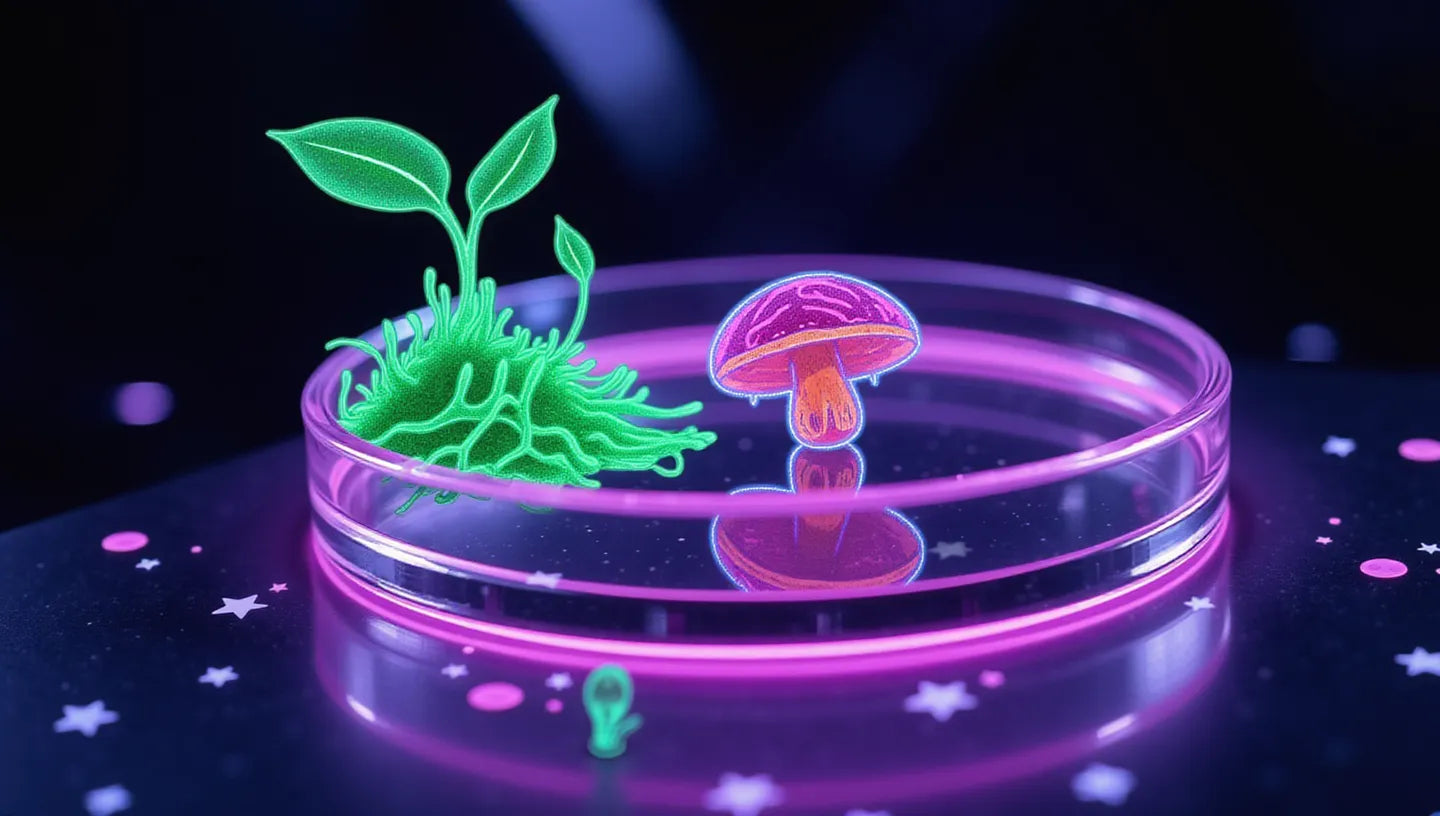
What Are Holomorphs in Fungi and Why Do They Matter?
Learn how holomorph fungi unify sexual and asexual stages — and how DNA barcoding plus the “One Fungus = One Name” rule simplify fungal ID, research, and cultivation.
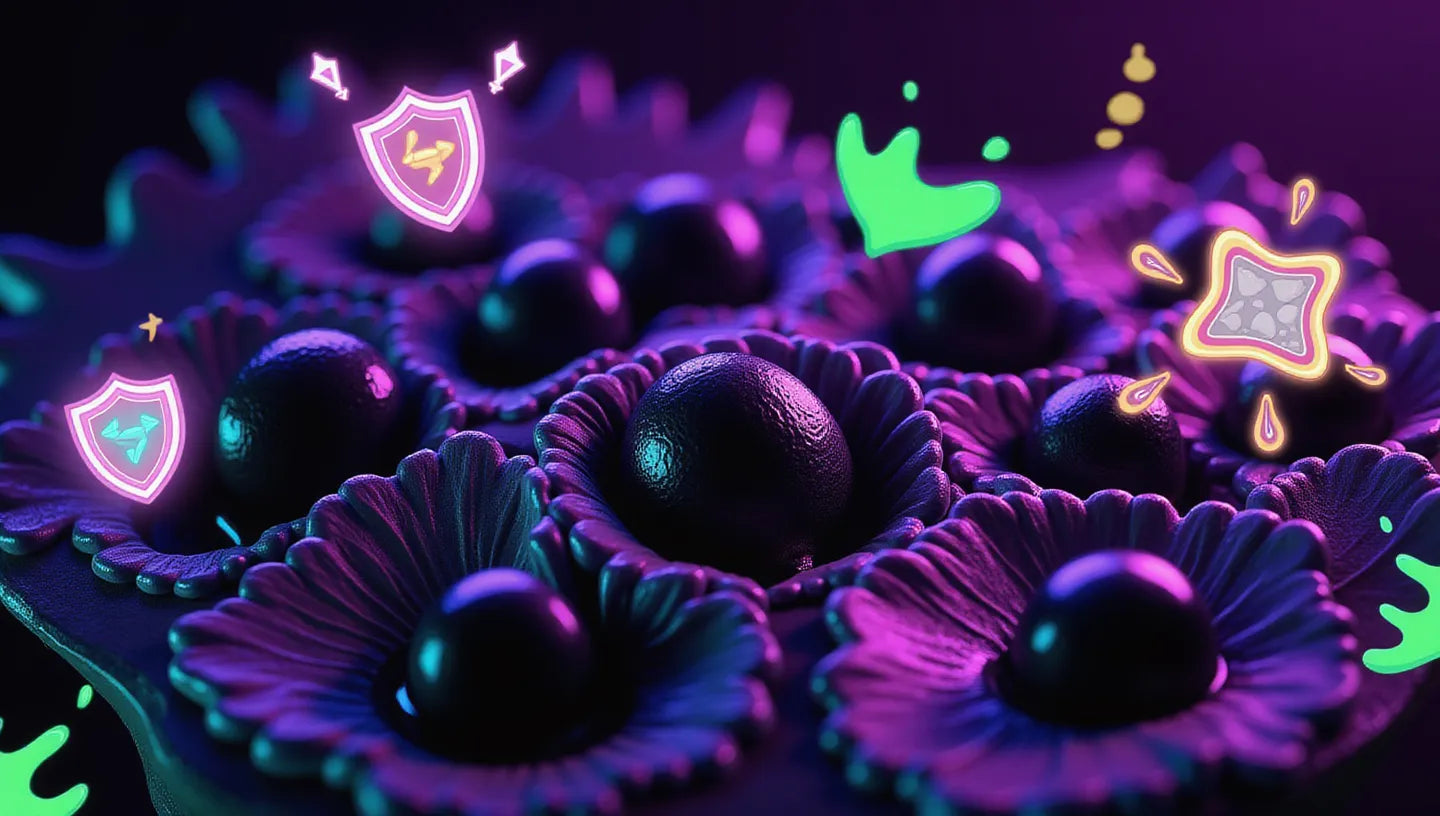
Cleistothecium: What Is It and Why Does It Matter?
Learn what cleistothecium are, how these sealed fungal fruiting bodies protect ascospores, drive plant disease cycles, and matter for growers and researchers.
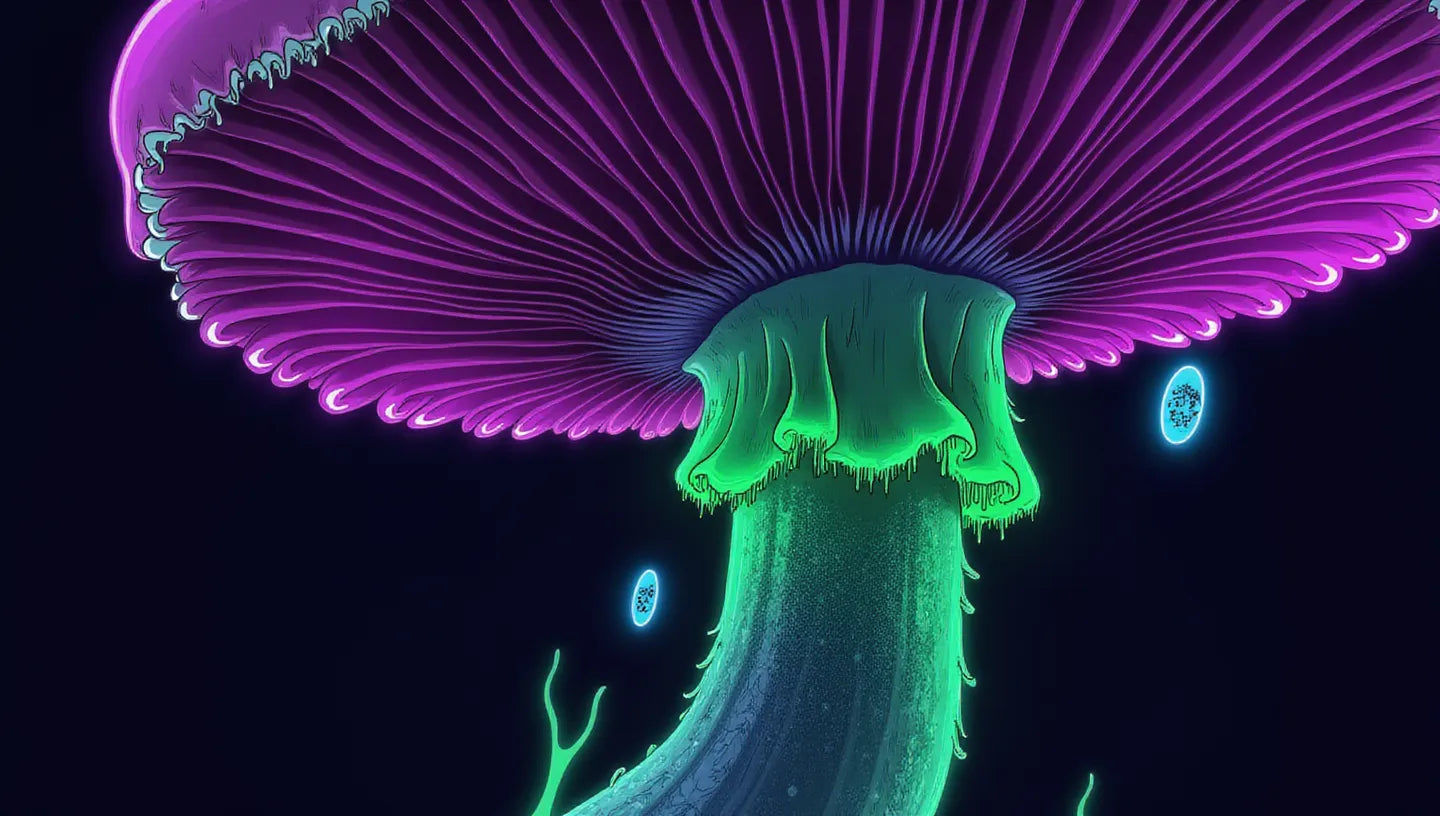
Basidiomycetes Fungi: What Makes Them Unique?
Learn what makes Basidiomycete mushrooms unique—from lignin-eating forest recyclers to medicinal reishi and shiitake—and how to grow them safely at home.
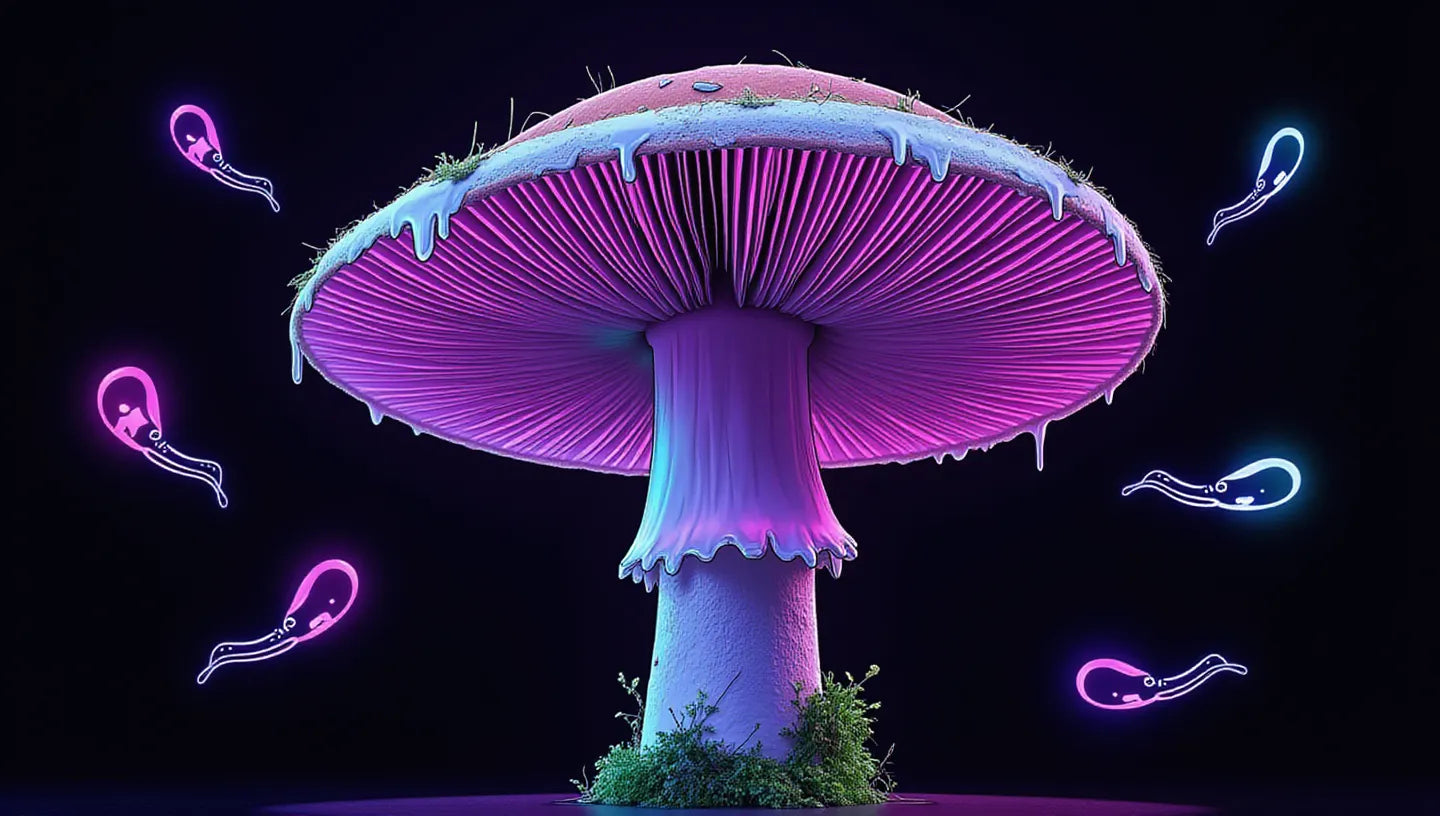
Gill Attachment: What’s the Purpose and How Does It Work?
Learn how mushroom gill attachment shapes identification, spore dispersal, and evolution—and why understanding gills is essential for safe, accurate foraging.

Hyphal Systems: Do They Strengthen Fungal Sporocarps?
Learn how mushroom hyphal systems (monomitic, dimitic, trimitic) shape strength, texture, and durability—and why growers and mycelium-material makers rely on them.


